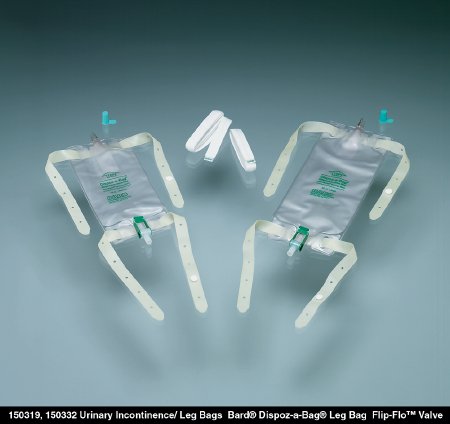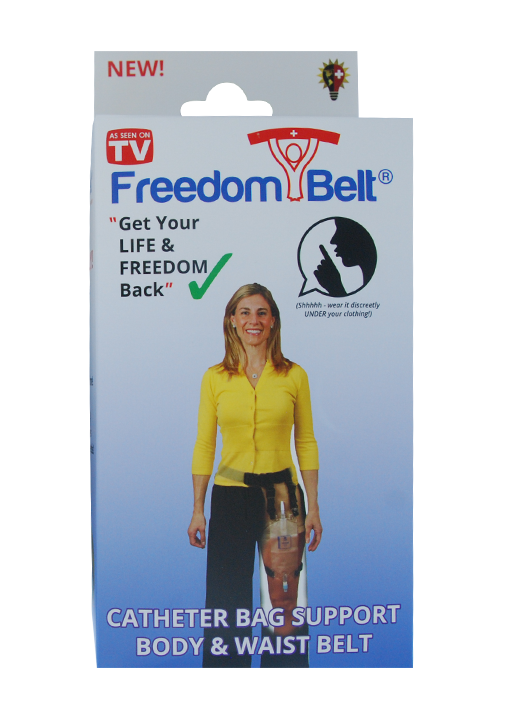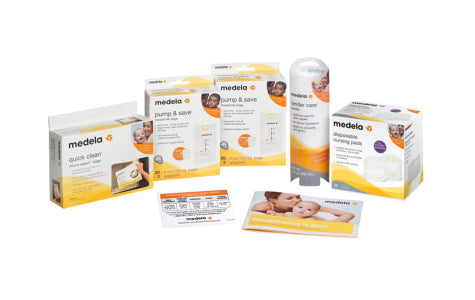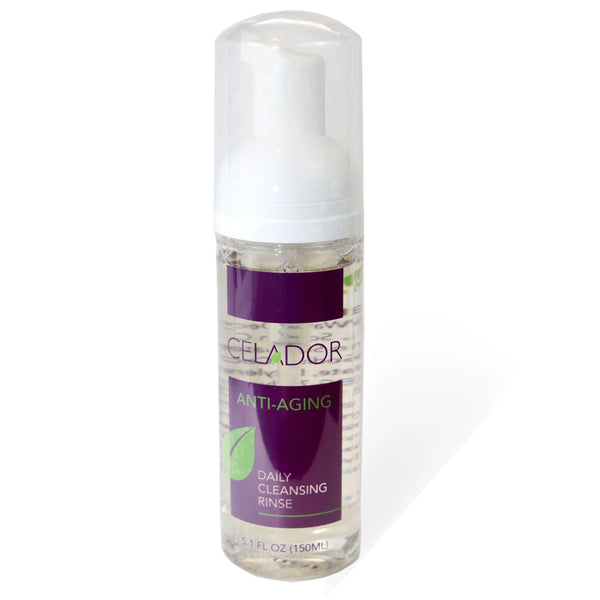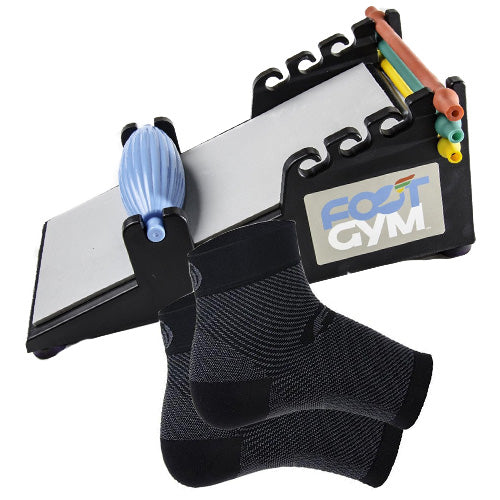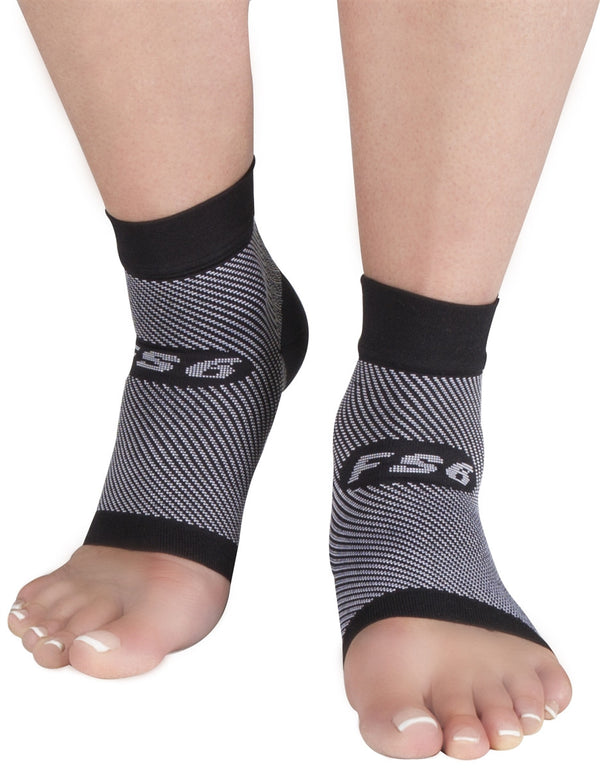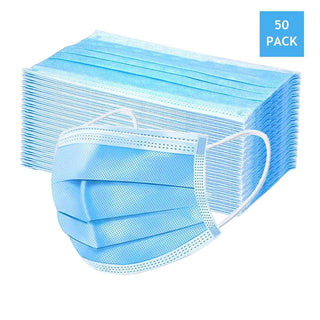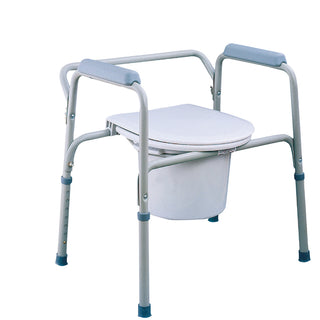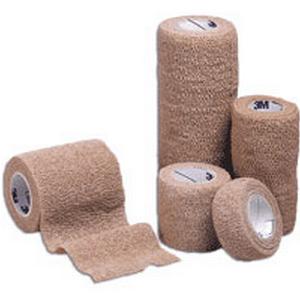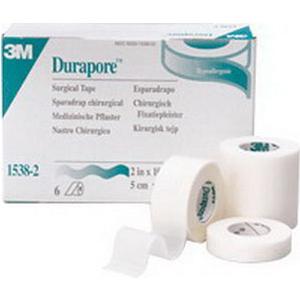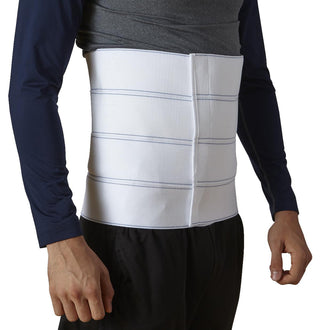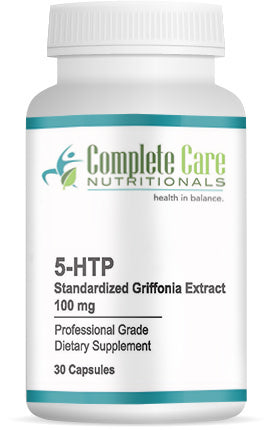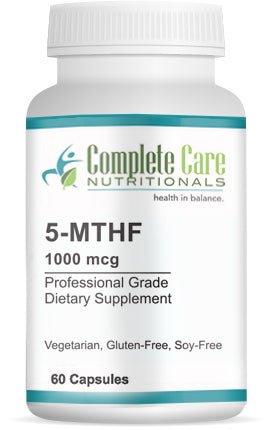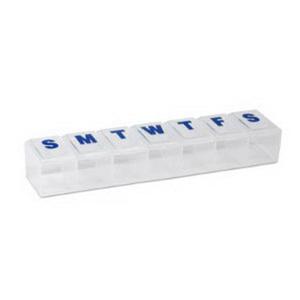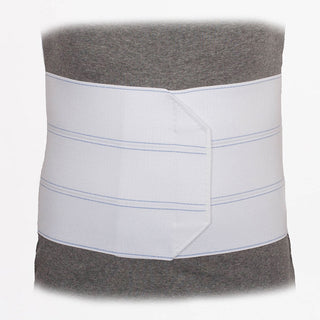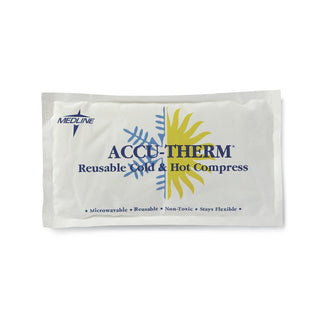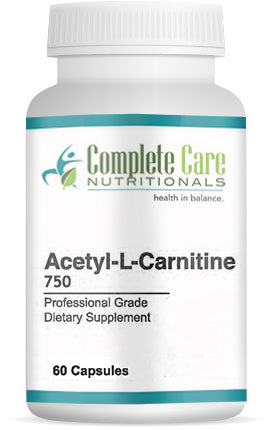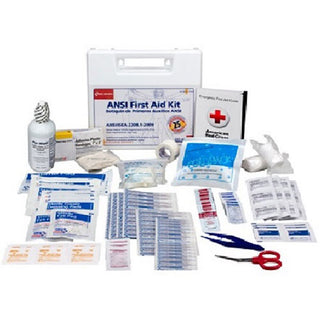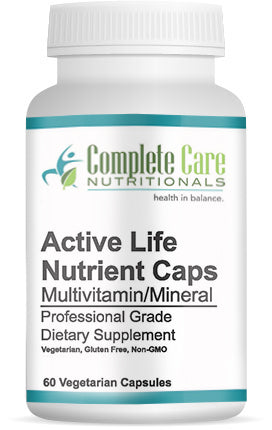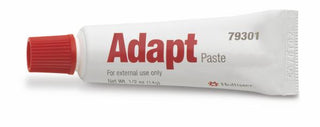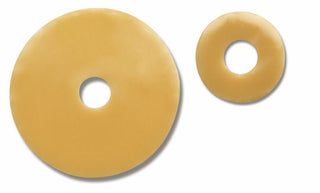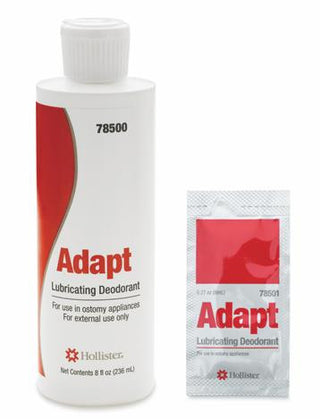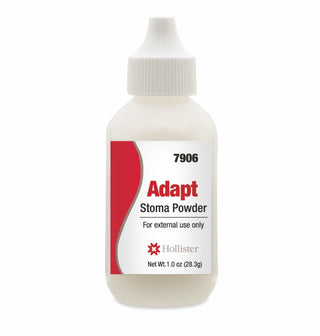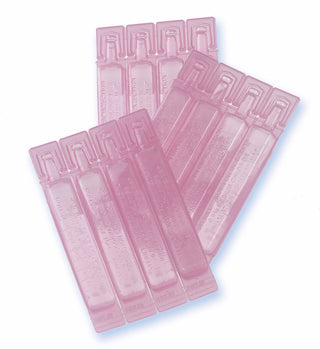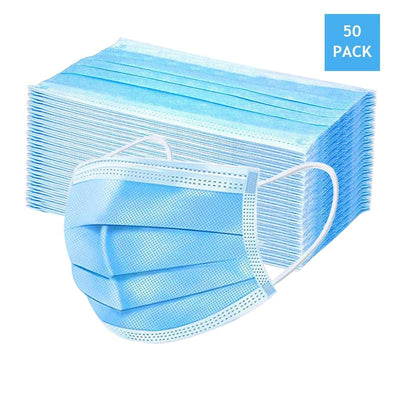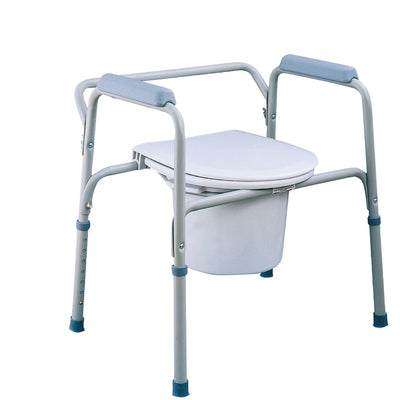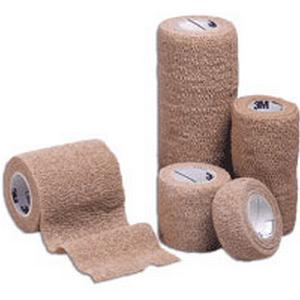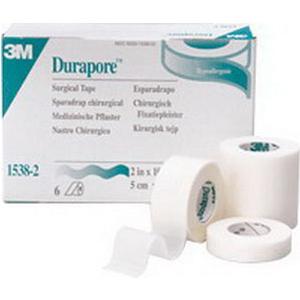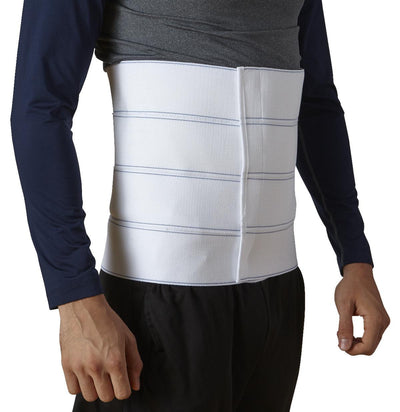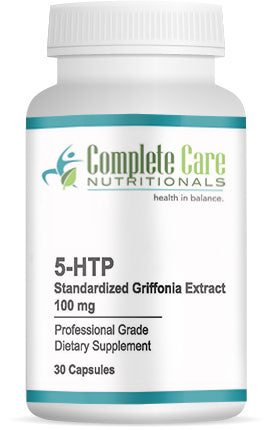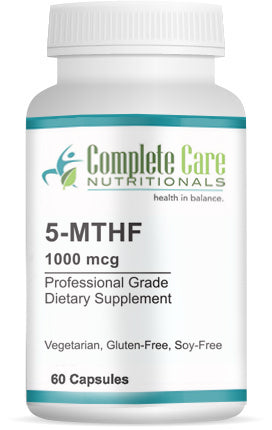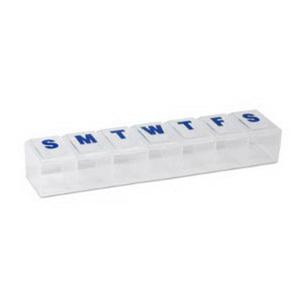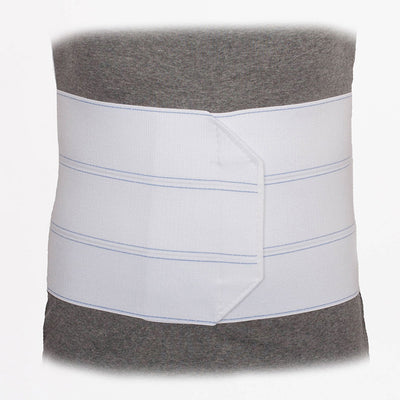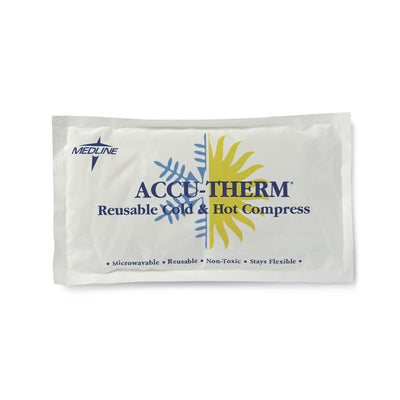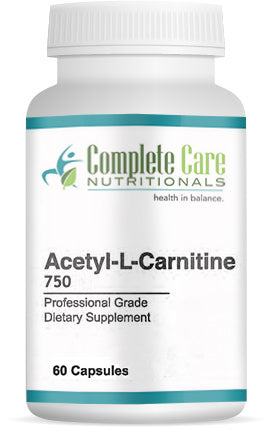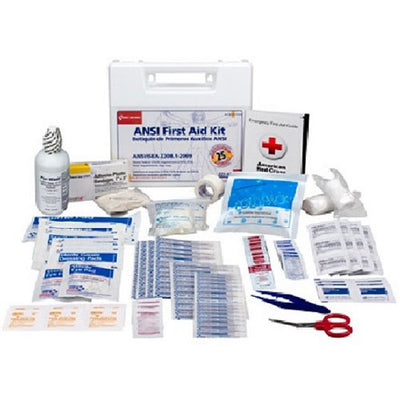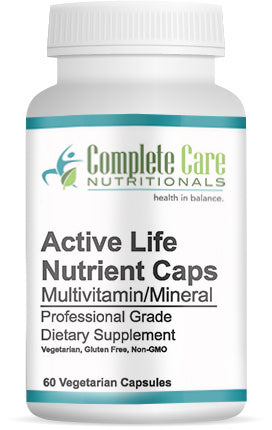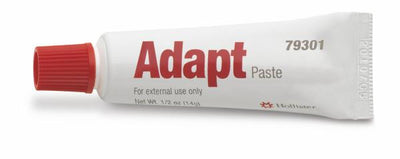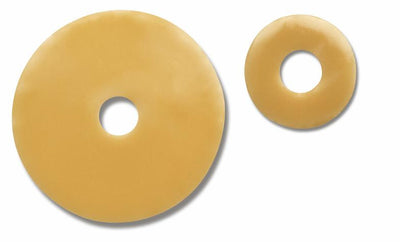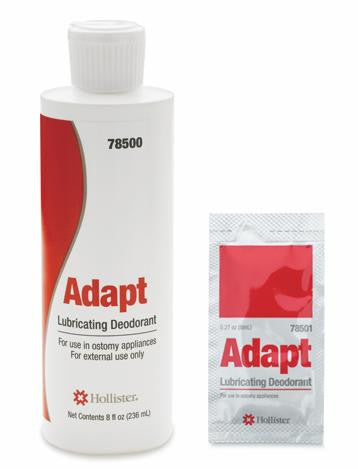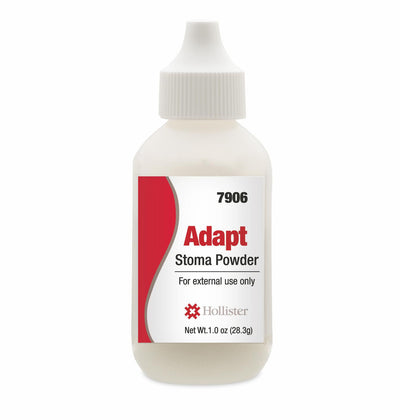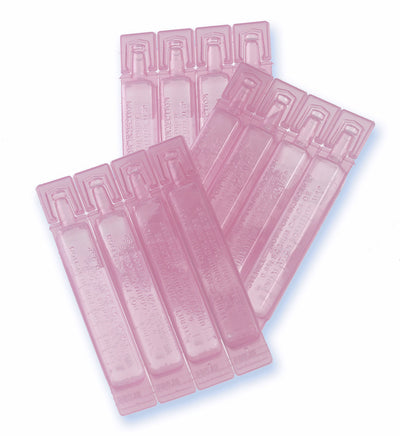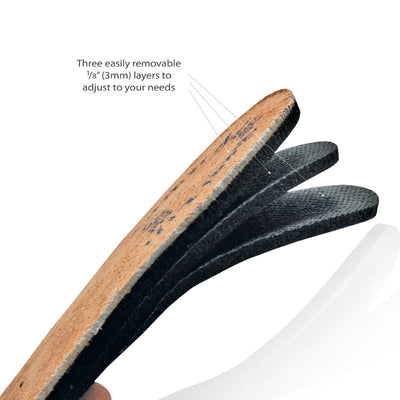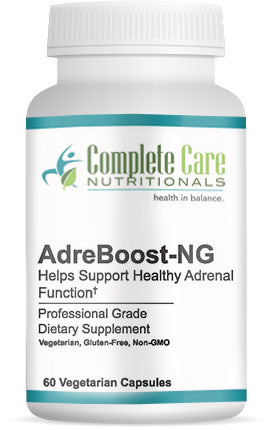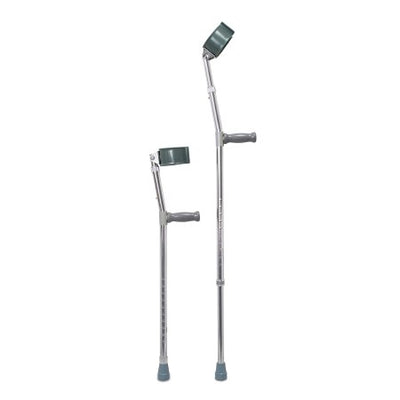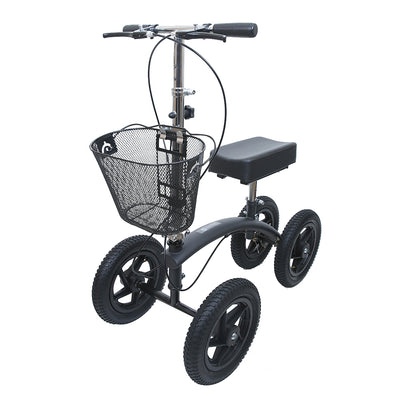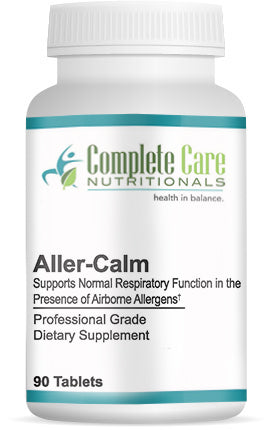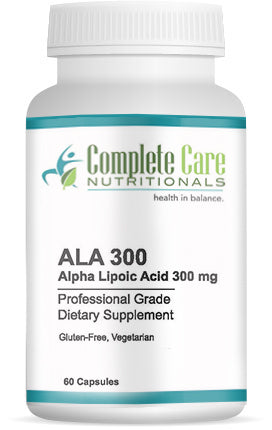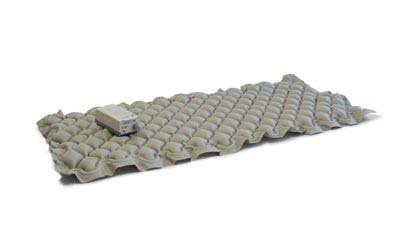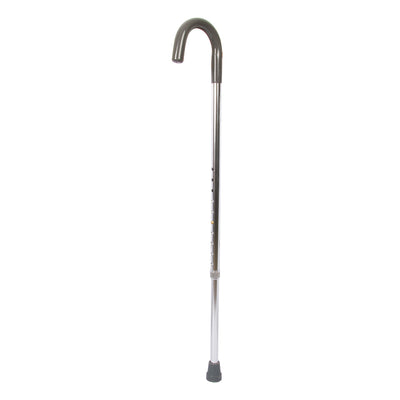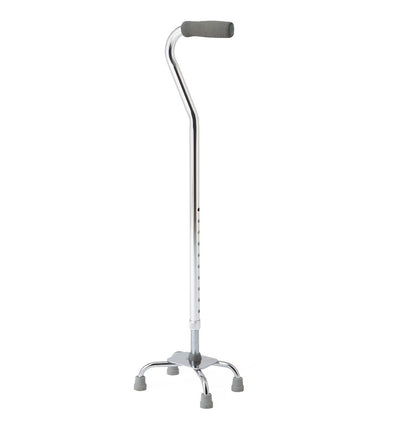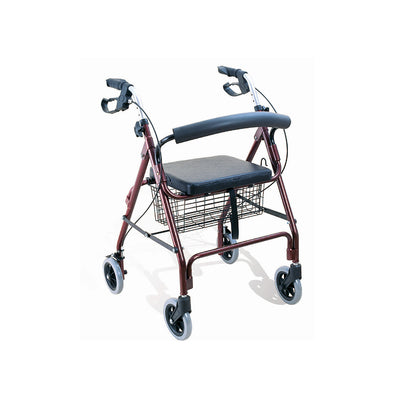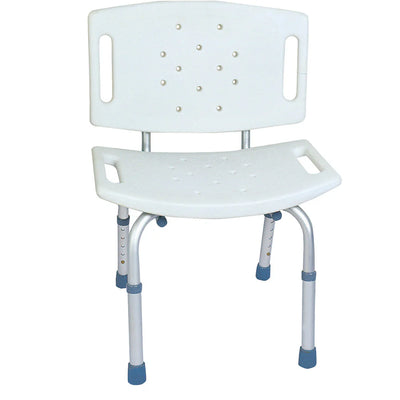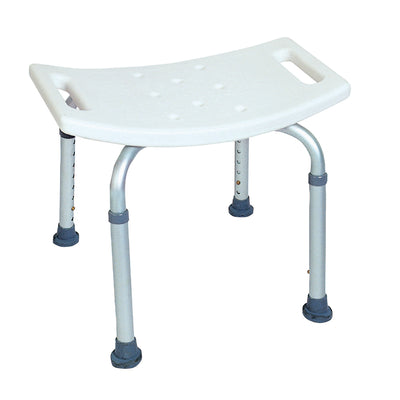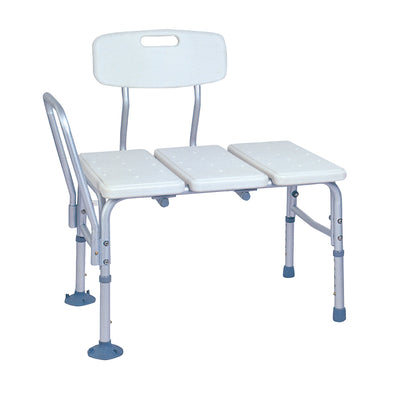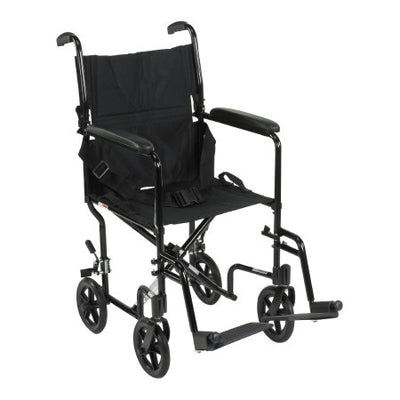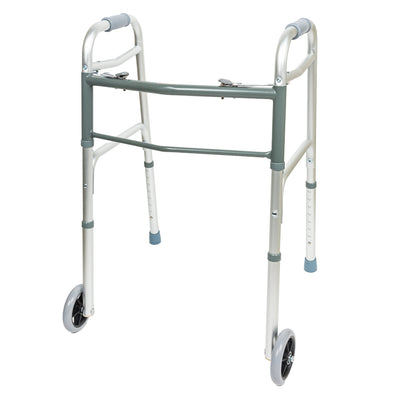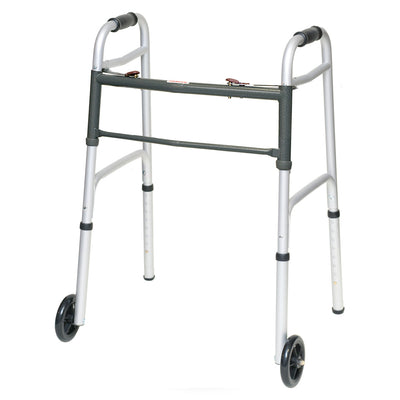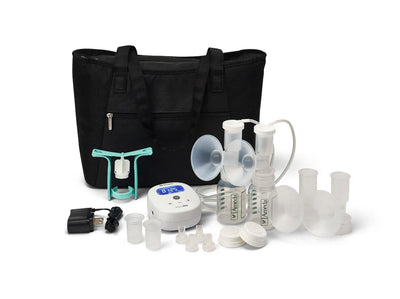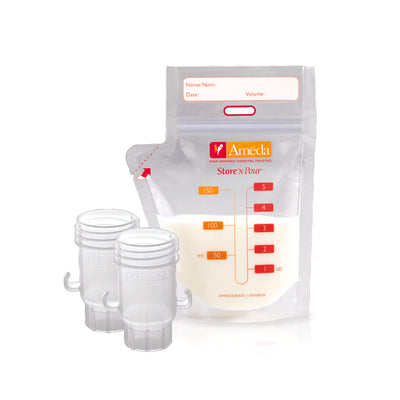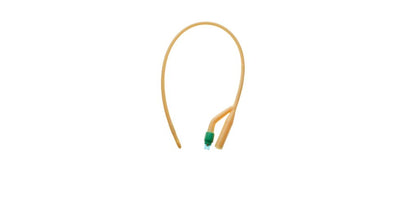Why Traveling While Pumping Doesn't Have to Be Overwhelming
Traveling While Pumping can seem daunting, but with the right preparation, you can travel confidently. A solid plan for your business trip or family vacation makes all the difference.
Here's a quick overview of what you need to know:
- TSA Rules: Your breast pump is a medical device and doesn't count as a carry-on. Breast milk is allowed in quantities over 3.4 oz, and ice packs are permitted. Declare your milk to TSA agents for separate screening.
- Storage: Use an insulated cooler with frozen ice packs. Request a mini-fridge in your hotel room and follow standard milk storage guidelines.
- Comfort: Book a window seat for privacy, use an app like Mamava to find airport lactation pods, and pack accessible clothing. Maintain your regular pumping schedule to preserve your supply.
Federal laws requiring airport lactation spaces and clear TSA guidelines have made traveling while pumping more manageable. At Complete Care Medical, we've helped mothers access insurance-covered breast pumps since 2004. The right preparation and equipment can make your travel stress-free.
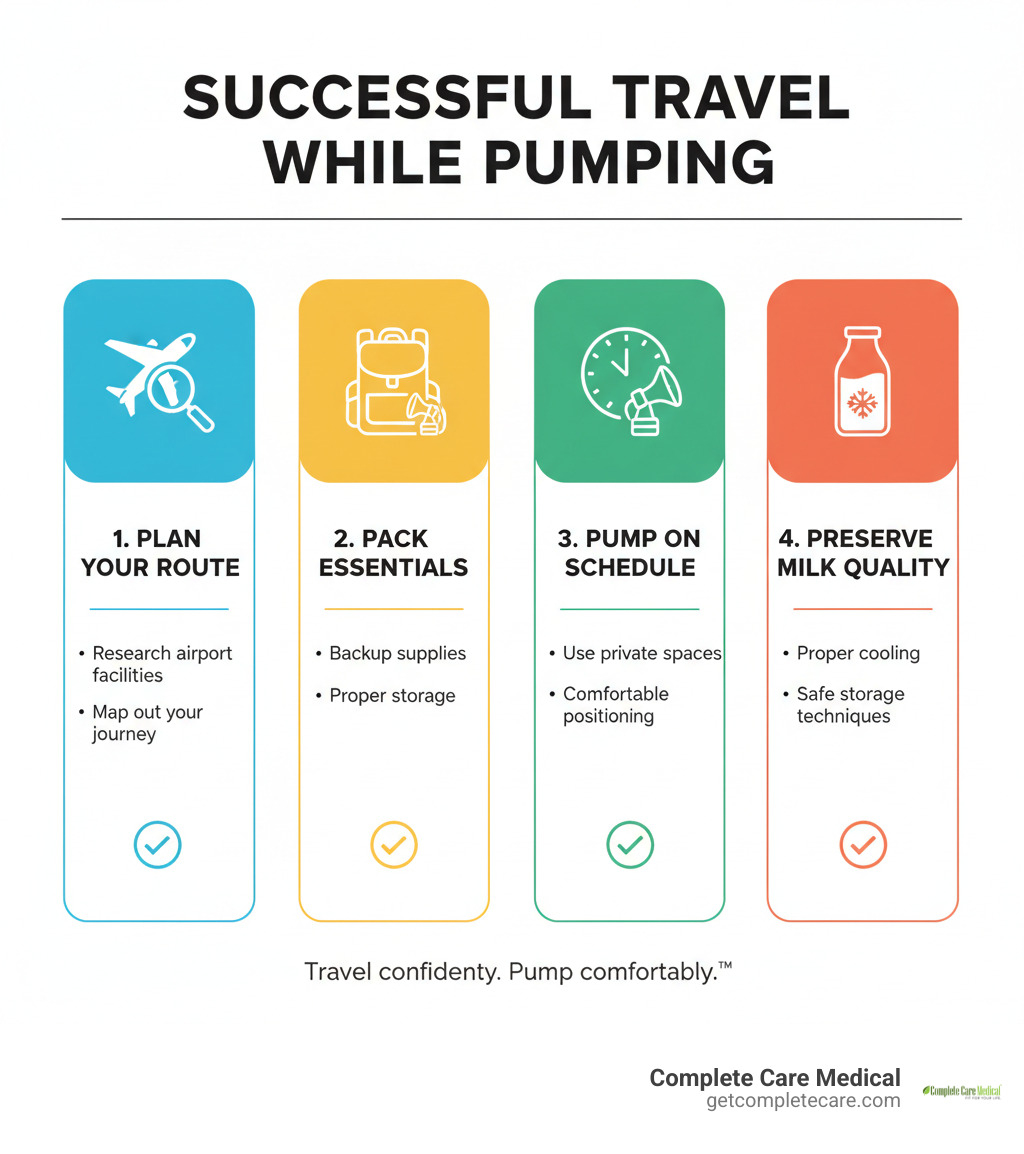
Your Complete Guide to Traveling While Pumping: Tips for TSA, Storage, and Staying Comfortable
Here are the practical tips you need for a smooth experience.
Preparing for Takeoff: Packing Your Pumping Gear
Choosing a Pump and Power
- Portable Pumps: Battery-powered, wireless, or wearable pumps offer the most flexibility. Pack extra batteries or a portable power bank.
- Manual Pumps: A lightweight manual pump is an excellent backup in case your electric pump fails or you lack power.
- Power Adapters: A car adapter is useful for road trips. For international travel, a universal power adapter is essential.
Essential Packing List
Consider packing:
- Breast Pump and Kits: Bring multiple clean sets of flanges, connectors, and tubing to avoid washing after every session.
- Insulated Cooler Bag: A quality cooler is crucial for keeping milk cold.
- Ice Packs: Pack enough for your journey. Solidly frozen packs can speed up TSA screening.
- Milk Storage Bags or Bottles: Bags save space, while clear bottles may be easier for TSA to scan.
- Cleaning Supplies: Pack pump-safe disinfectant wipes, a small bottle of dish soap, a travel brush, and resealable bags for used parts.
- Pumping Bra: A hands-free pumping bra allows you to multitask.
- Nursing Cover: A light blanket or cover for privacy.
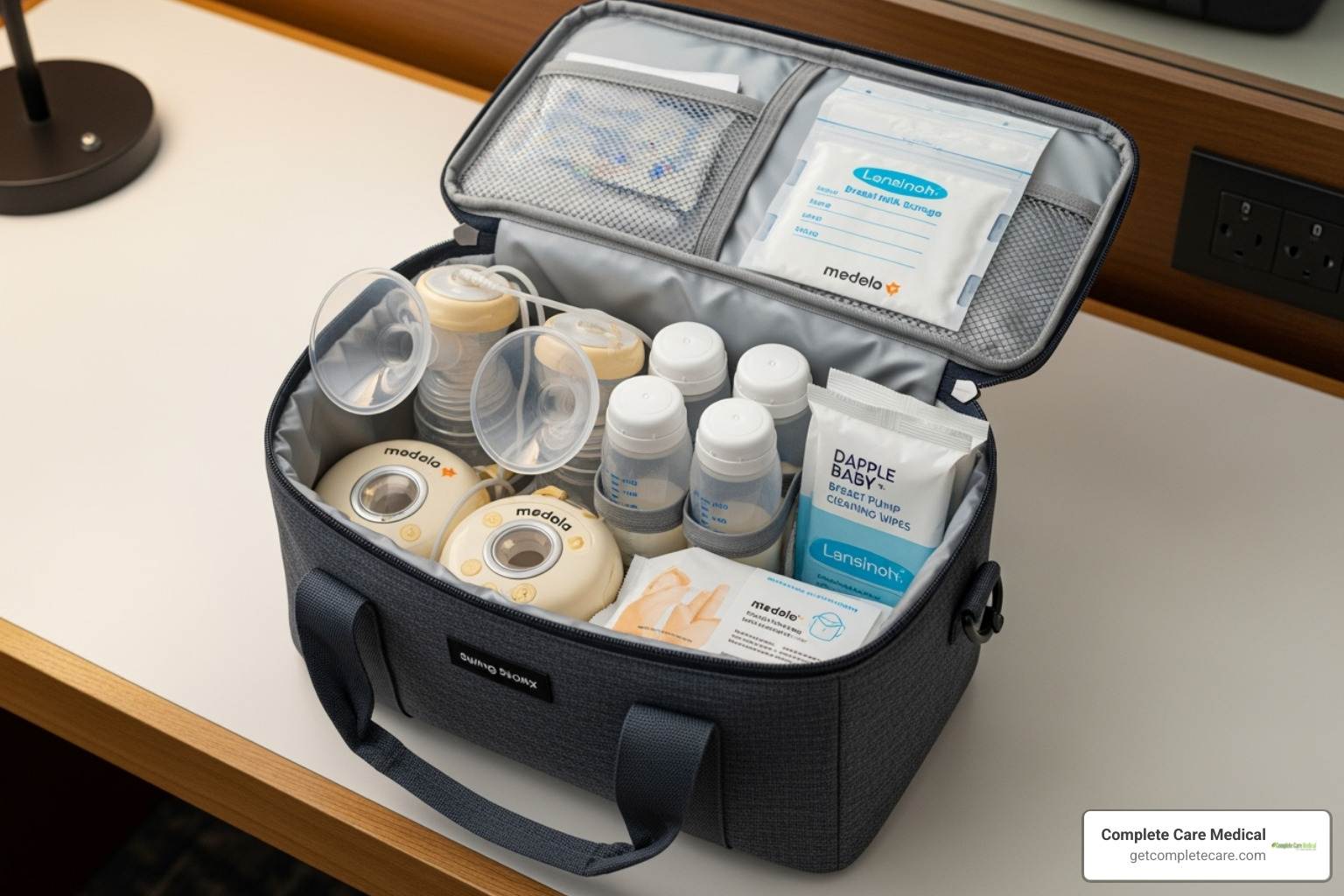
Navigating TSA with Breast Milk and Pumping Equipment
Federal regulations are on your side during airport security screening.
Your Rights at the Checkpoint
- Breast Pump as a Medical Device: The TSA considers breast pumps medical devices, so they do not count toward your carry-on allowance. Pack your pump in your carry-on, not checked luggage.
- Breast Milk Exemption: As medically necessary liquids, breast milk, formula, and baby food are exempt from the 3.4 oz (100 ml) limit.
The Screening Process
- Declare Your Items: Inform the TSA agent you have breast milk and ice packs before screening.
- Separate for Screening: Place your cooler with milk and ice packs in a separate bin for X-ray.
- Screening Methods: TSA may X-ray your milk or test it for explosives; they will not ask you to taste it. You can refuse to have milk opened, but this may require additional screening. Frozen milk usually doesn't require liquid screening.
- Ice Packs: Ice packs and frozen gel packs are allowed, even if partially melted.
If you have issues, calmly ask for a supervisor or passenger support specialist. Keep a screenshot of the official TSA guidelines on your phone. For extra help, contact the TSA Cares program 72 hours before your trip.
Finding Your Space: Pumping at the Airport and On the Plane
Airport Lactation Spaces
The Friendly Airports for Mothers Act requires all large and medium U.S. hub airports to provide a private, non-bathroom lactation space in each terminal.
- Find a Pod: Many airports have lactation suites like Mamava pods. Use the Mamava mobile app or check the Mamava website to find them.
- Check Airport Maps: Airport websites usually list lactation room locations.
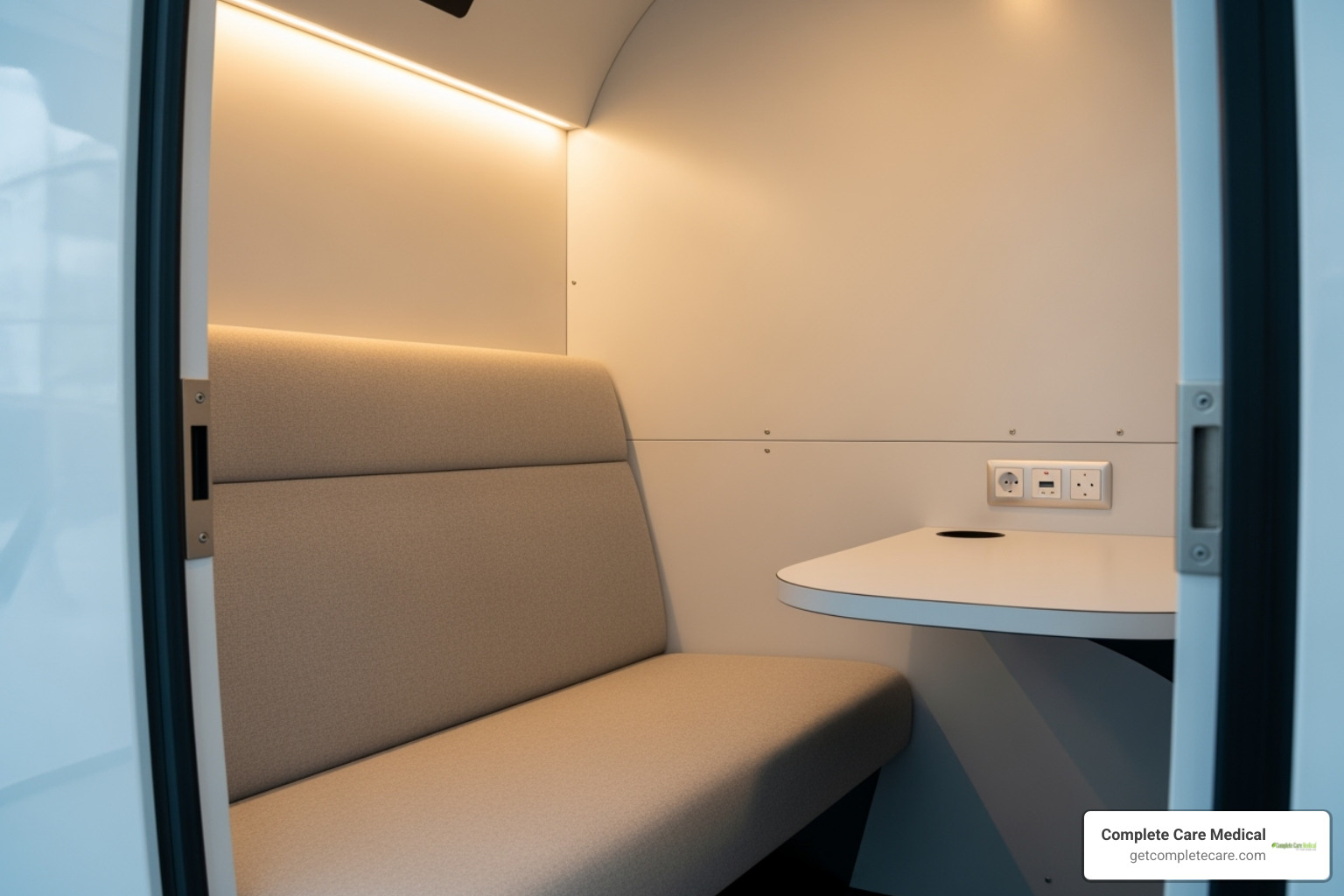
Pumping on the Plane
You can pump in your airplane seat. For privacy, book a window seat and use a nursing cover. The engine noise helps mask the pump's sound. A hands-free pumping bra and accessible clothing make it easier. The restroom is an option, but it's often cramped and unhygienic.
Breast Milk Storage Solutions for Travel
During Transit
An insulated cooler with frozen ice packs can keep breast milk fresh for up to 24 hours. Surround your milk containers with ice packs for consistent cooling.
Freshness Guidelines
Follow these guidelines for storing fresh breast milk:
- Room Temperature: Up to 4 hours
- Refrigerator (40°F / 4°C): Up to 4 days
- Freezer (0°F / -18°C): Up to 12 months
At Your Destination
Call your hotel ahead to request a mini-fridge. Ask if guest freezer space is available if you need to freeze milk.
Thawed Milk Rules
Thawed breast milk must be used within 24 hours and should not be refrozen. Milk that still contains ice crystals upon arrival can be safely refrozen.
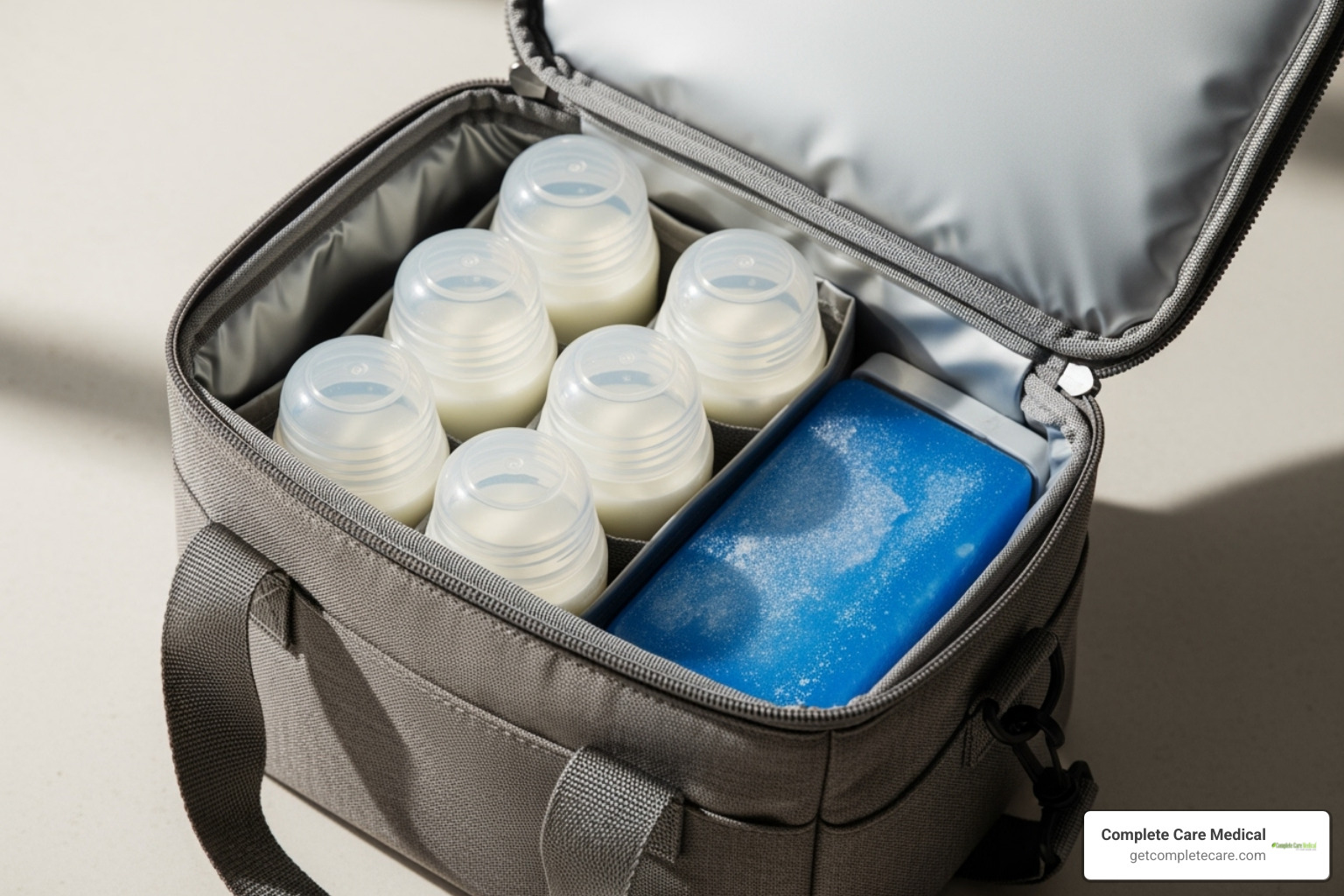
Tips for Maintaining Supply and Staying Comfortable
- Stick to Your Schedule: To maintain supply, pump as often as your baby normally feeds, sticking to your home schedule when crossing time zones. A temporary dip in supply is normal.
- Stay Hydrated: Air travel is dehydrating, which can reduce milk supply. Drink plenty of water.
- Dress for Comfort: Wear a hands-free pumping bra and layered, loose-fitting clothing for easy access.
- Manage Engorgement: If you miss a session, hand expression can relieve pressure and prevent clogged ducts. Use a warm compress before pumping and a cold compress after to reduce swelling.
For more in-depth advice, explore our more breastfeeding tips for success.
International Travel and Shipping Your Milk Home
- Research Destination Rules: TSA rules are U.S.-only. Research your destination's security policies for liquids and breast milk, as some countries restrict frozen milk in carry-ons.
- Bring Power Adapters: Pack a universal power adapter and converter for your pump.
- Shipping Milk Home: On long trips, specialty services can ship your breast milk home, handling the packing and overnighting for you.
- Shipping with Dry Ice: If shipping with dry ice, check airline and FAA regulations for quantity limits.
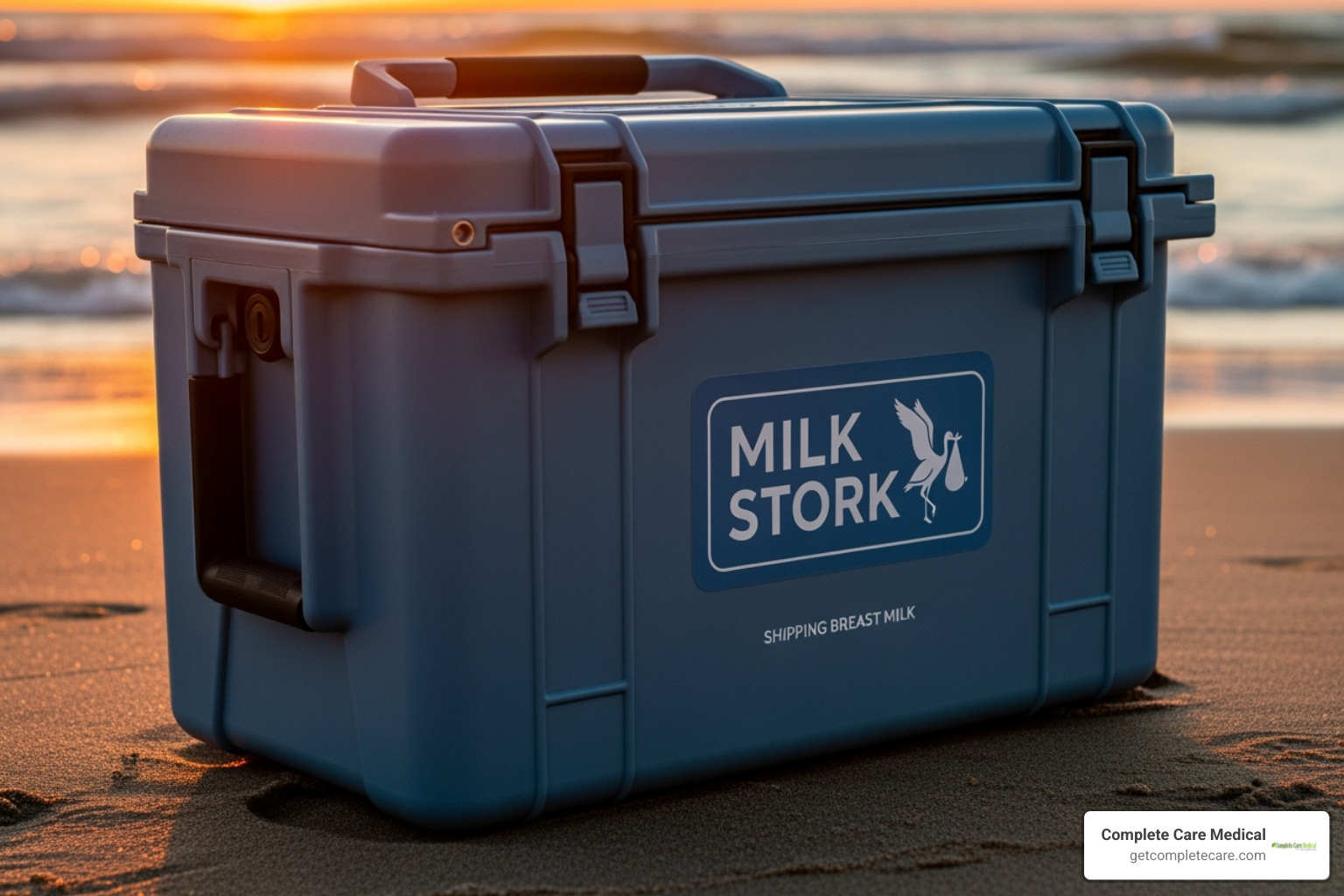
Final Checklist for a Stress-Free Pumping Journey
Confidence through preparation is the key to traveling while pumping. You can handle this.
Remember these key points:
- Know Your Rights: Your pump is medical equipment and your milk is medically necessary. Keep the TSA guidelines on your phone.
- Prioritize Comfort: Book a window seat, wear a pumping bra, and take the time you need for a better travel experience.
- Stay Consistent: Stick to your pumping schedule and stay hydrated to maintain your supply.
- Ask for Help: Don't hesitate to ask airline, airport, or hotel staff for assistance.
With a little planning, you can too.
Since 2004, Complete Care Medical has supported mothers on their breastfeeding journey. We simplify getting insurance-covered supplies like breast pumps, because every mother deserves support without the hassle.
Learn more about how health insurance provides free breast pumps to expecting and nursing moms.








